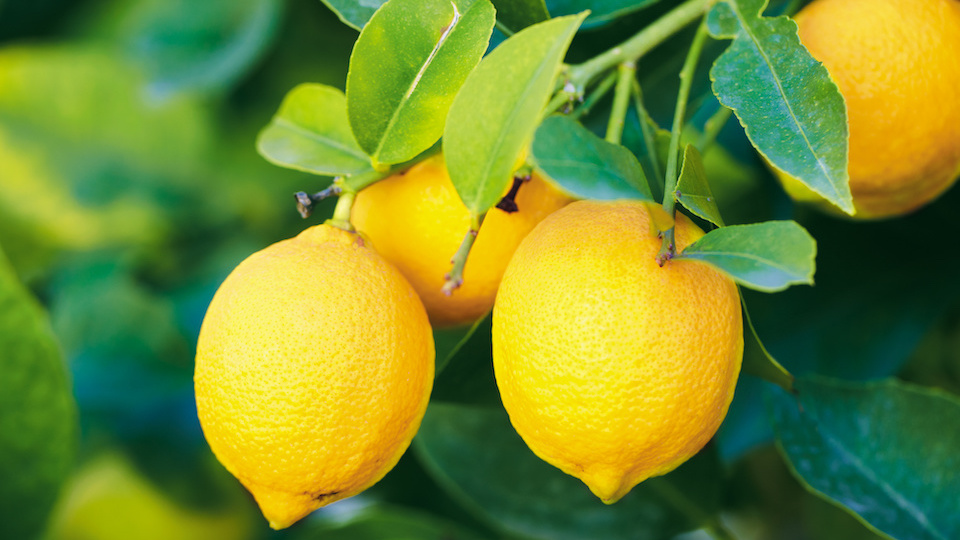Sorry to burst your bubble, but if you don’t live in a tropical environment, that lemon tree you planted oh-so-hopefully in your garden isn’t going to make it through winter. There is a sliver lining; however. With a little patience and persistence, you can grow your very own lemon tree indoors. Fresh lemons await! Here’s what you need to do to get started.
Select your plant
To grow an edible lemon tree indoors, you will want to stick to dwarf varieties. The most common indoor lemon plant is called the Meyer lemon. This plant is specially designed for containers and will not grow much taller than seven feet indoors; making it a viable option for an attractive (and useful) houseplant. Be sure to choose a plant that is at least 2-3 years old for optimal success. Younger trees are more finicky and prone to issues and won’t bear fruit as quickly.
Pick a spot
Citrus fruit trees need a lot of light and warmth. Pick a south or southwest-facing window in your house to ensure that your plant will get at least eight hours of direct sunlight each day. If you don’t have a sunny spot or you live in a cloudy area, consider installing a grow light above your dwarf tree and leaving it on for 12 hours each day.
The ideal temperature for dwarf citrus trees is between 55 and 85 degrees with an average of 65 degrees being optimal. Avoid placing your plan near drafty windows or doors in the wintertime and keep it away from any direct sources of heat such as fireplaces or heaters.
Choose a container
Replant your tree in a nonporous pot. Plastic is usually the best option since it helps retain moisture, while still giving the roots room to breathe. Make sure your container has drainage holes and is at least a few inches larger than the nursery pot.
Use the right soil
Unlike many other plants, lemon trees aren’t too particular about soil. Use any standard potting soil, and your tree will be perfectly happy.
Don’t forget about humidity
Since they are native to the tropics, lemon trees need a relatively humid environment. Households are often incredibly dry due to central heating and air conditioning, so providing a supplemental source of humidity is essential. Place a humidifier or mister near your tree or sick the pot in a tray of pebbles with water. Make sure that the bottom of the pot is only touching stones, not water, as this could lead to overwatering and rot.
Water properly
There’s a sweet spot when it comes to water lemon trees. Not too dry and not too wet. Water when the top of the soil is dry, but there is still some moisture around the roots. Be sure not to overwater, as citrus plants are prone to rot and will struggle in consistently wet soil.
Fertilize regularly
Container plants are totally at your mercy and can only access any nutrients you decide to give them. Be sure to fertilize your lemon tree regularly with a specially formulated citrus mix. Follow package instructions regarding the amount and frequency of fertilizer.
Ask for help
There’s no getting around it, growing lemon trees indoors is not for the faint of heart. The conditions aren’t ideal, and you will need to monitor and nurture your plant for it to survive. It is best to have some knowledge and experience with houseplants before you invest in a lemon tree, so it isn’t the best option for a new plant parent. That being said, if you do notice your tree looking a little sad and can’t figure out why, don’t be afraid to reach out to experts for help. Consult your local nursery or search out gardening forums where you can ask questions and post pictures of your struggling tree. This will also help get you connected to other gardeners and houseplant lovers in your area or online.
Harvesting lemons
Once you (finally) notice lemons growing on your tree, after you do a little happy dance, remove ⅔ of any lemon clusters. This will allow the plant to pour all of its energy into growing a few mature, delicious lemons. Wait a few months until the fruit feels slightly plump and soft when pressed, rather than hard. Remove ripe fruit with pruning shears and enjoy!
Have you ever grown a lemon tree indoors? Let us know in the comments below!
-Taylor Ramsey




